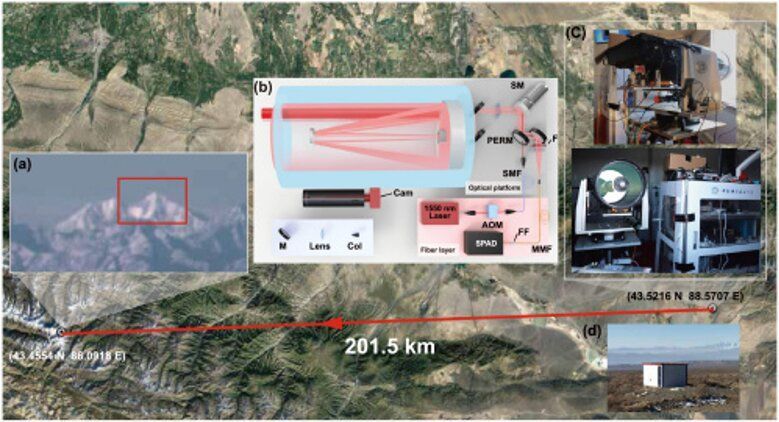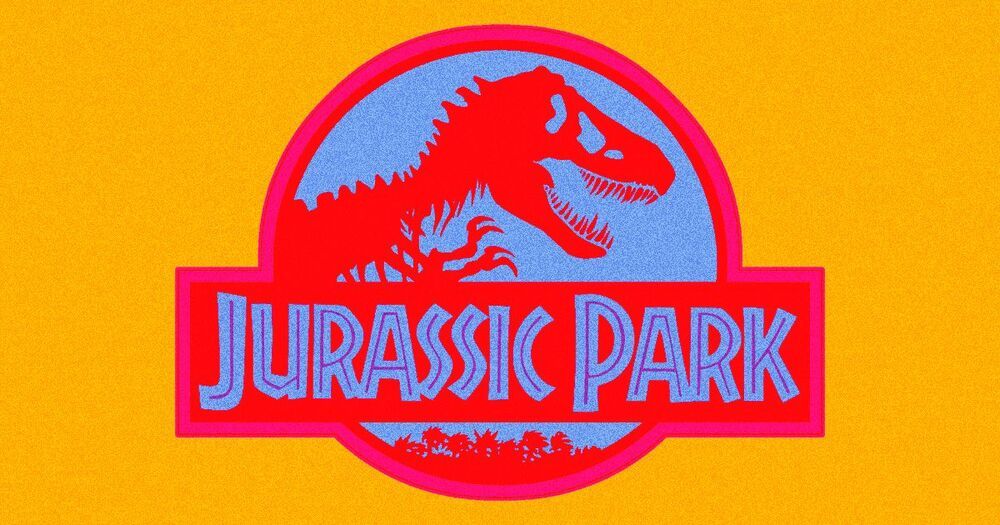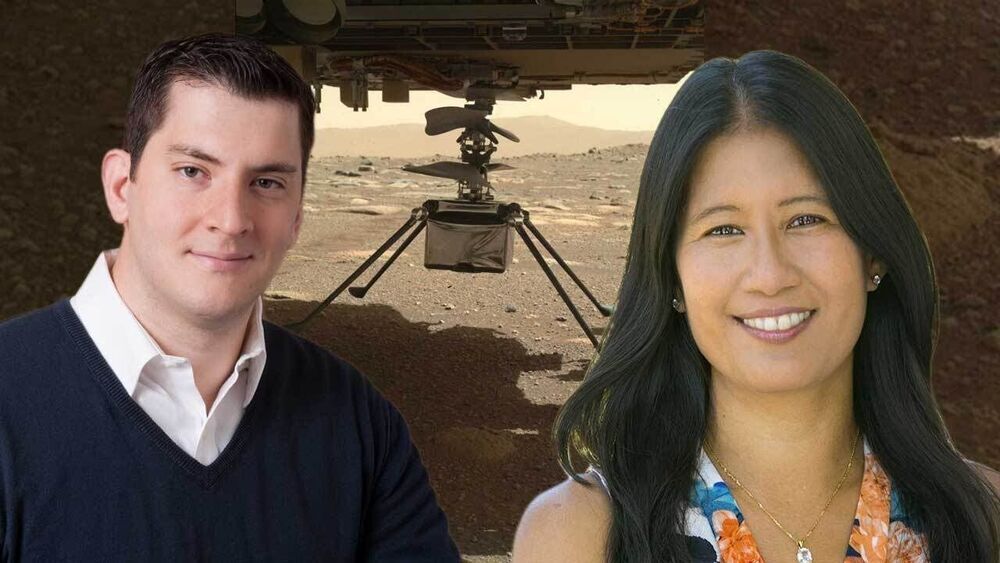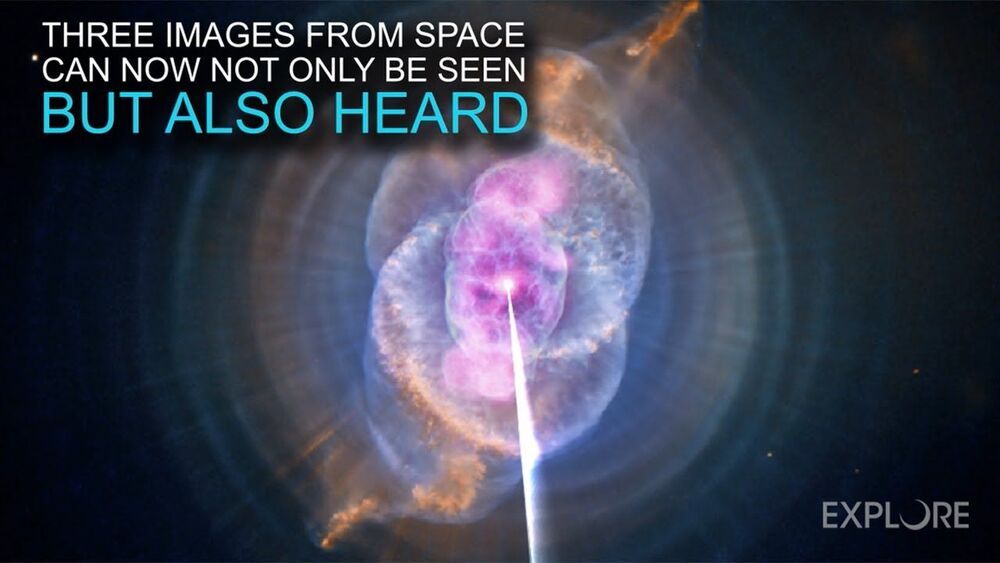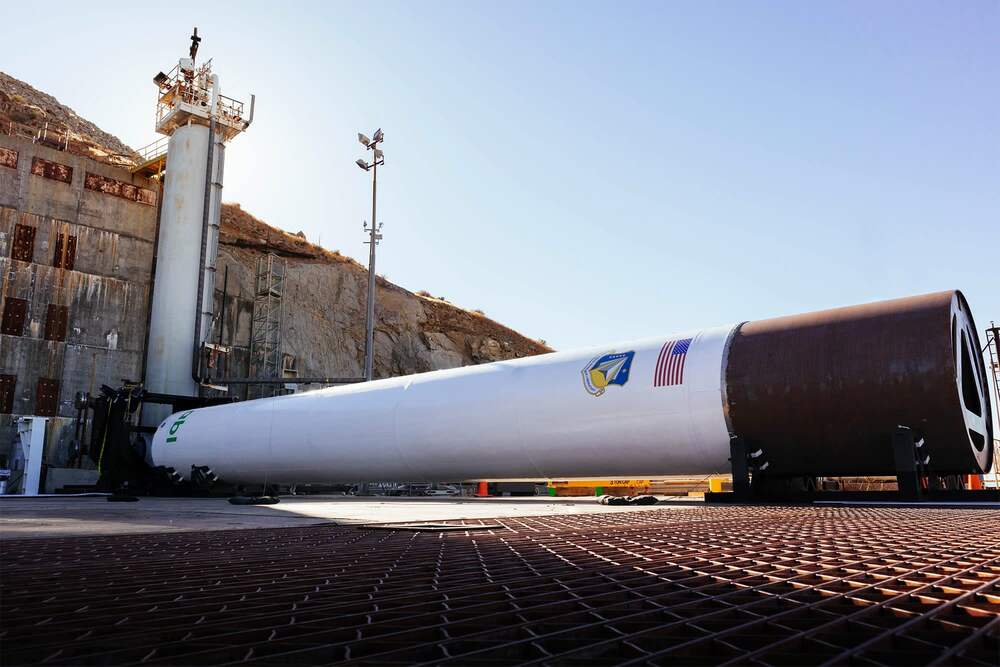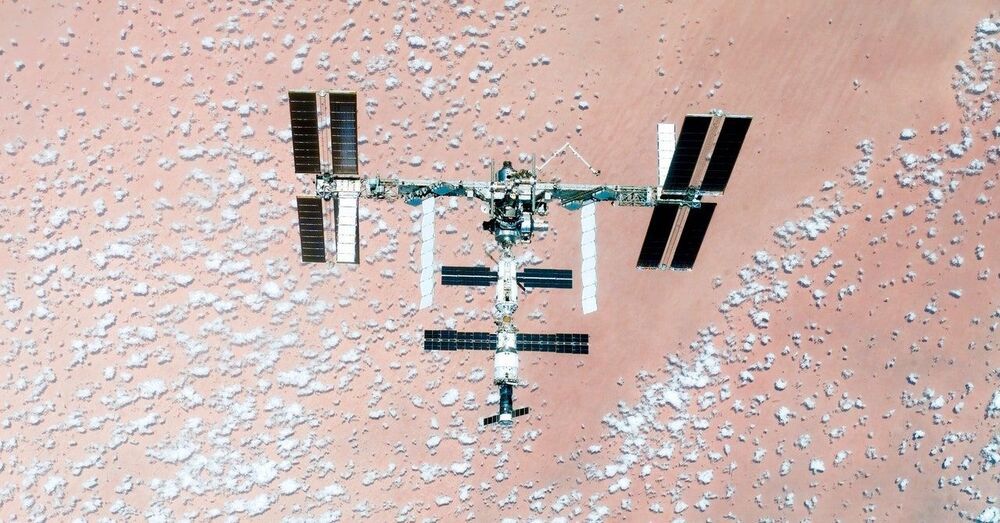Apr 5, 2021
Scientists achieve single-photon imaging over 200 kilomters
Posted by Quinn Sena in category: futurism
A research team led by Professor Pan Jianwei and Professor Xu Feihu from University of Science and Technology of China achieved single-photon 3D imaging over 200 km using high-efficiency optical devices and a new noise-suppression technique, which was commented on by the reviewer as an almost “heroic” attempt at single photon lidar imaging at very long distances.
Lidar imaging technology has enabled high precision 3D imaging of target scenes in recent years. Single photon imaging lidar is an ideal technology for remote optical imaging with single-photon level sensitivity and picosecond resolution, yet its imaging range is strictly limited by the quadratically decreasing count of photons that echo back.
Researchers first optimized transceiver optics. The lidar system setup adopted a coaxial scanning design for the transmit and receive optical paths, which can align the transmitting and receiving spots more precisely and achieve higher-resolution imaging in comparison with traditional methods.
